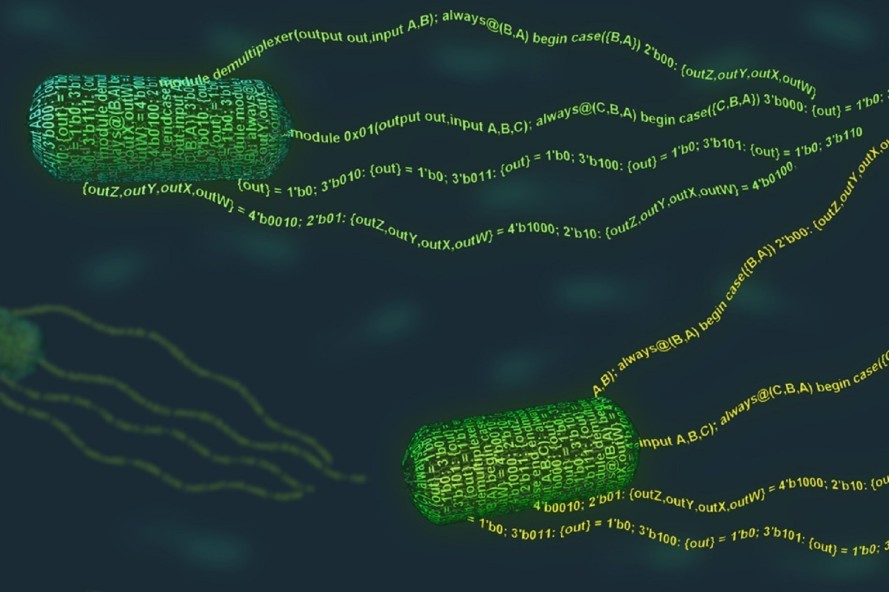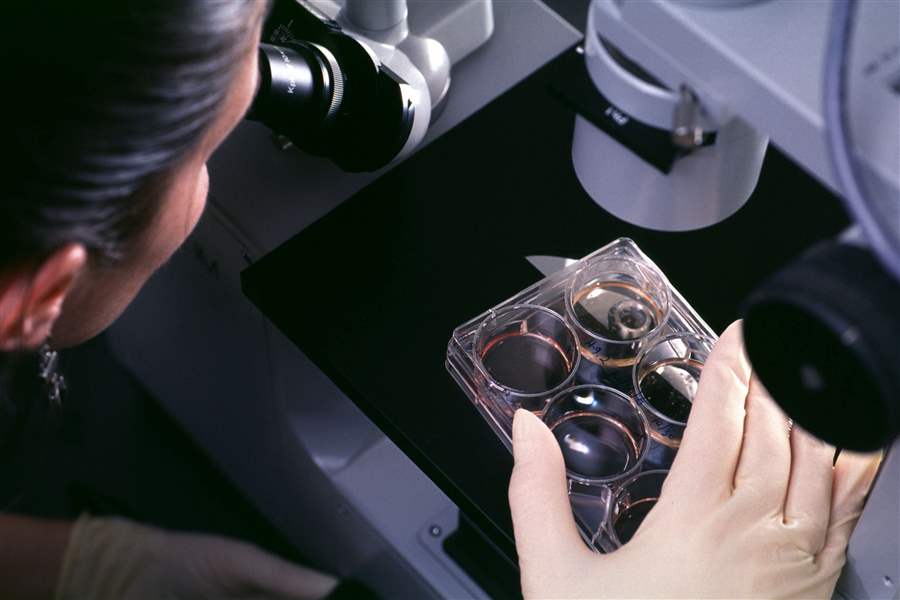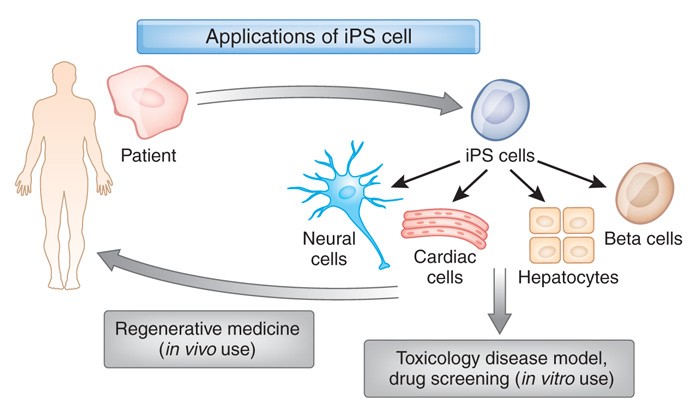Hacking Humanity’s Cells
News May 19, 2025 Damon Mitchell

In case you’ve been too busy, catching up on Game of Thrones episodes in anticipation of the scintillating final season… there’s been some groundbreaking news about hacking human cells.
While some researchers have been busy hacking genomes and neurons, others have been keeping the larger world of cells. Who needs to get all genomey when we can manipulate cells.
In the first of two announcements this week, researchers have hacked human cells in step one of creating cell-bots. Also, in Japan, they’ve injected the first adult with reprogrammed stem cells from a donor.
Put it on record, 2017 is the year we finally find out what putting a steering well on our cells can do.
BLADE System
It stands for Boolean logic and arithmetic through DNA excision. The Blade system is not easy, not from a lay perspective, but the simple result is a microscopic circuit of sorts.
Researchers from Boston University created cells that would respond to the if-this-happens-then-do-that scenario. It’s a binary system, but when scaled up, we could use it to teach cells to carry out orders like kill cancerous cells.
Here’s how it works: Cells contain something called DNA recombinases; enzymes that work like editing software inside the cell. They can rearrange segments of the DNA, cutting, pasting, reorganizing.
If we control these enzymes, programming them for our purposes, then we have a something like a cell-bot, doing our bidding from within.
First, the researchers had to program some cells, in this case, isolated human kidney cells, to produce a fluorescent protein when stimulated. The cell would actually light up in certain conditions.
The goal was to see if they could predict the outcome, lighting up or not lighting up, depending on how the programmed cells reacted to snippets of DNA; snippets the researcher introduced to the programmed cells.
They programmed 113 cells. Of those, 109 functioned as intended. That’s a 96.5% success rate, noteworthy if not incredibly positive.
The long and short of it is, once they can expand this research, we can program these cells to carry out any number of unimagined directives.
Induced Pluripotent Stem (iPS) Cells
This week, a man in Japan received the first iPS cells, donated by another person. When it is successful, we may see a floodgate open on donor cells used in stem cell therapy.
What iPS does that previous research could not is the process reprograms adult stem cells to act like embryonic stem cells. Embryonic cells are the better stem cells of the two; present when we are born, more flexible, longer lasting.
The problem with embryonic stem cells is the stigma around collecting them. We’ve been collecting them from aborted fetuses, which gets a certain group of people who don’t like abortions all fired up. iPS eliminates that need.
In this recent news, researchers reprogrammed the stem cells, then injected then into a man’s retina. The man suffered from an age-related macular degeneration. The hope is that the research will at least stop the degeneration, if not reverse it.
Previously, these same researchers used reprogrammed skin cells from a patient’s own skin to perform the same surgery. It wasn’t a disaster, but they think this donor system will open more options.
Going forward, researchers want to collect and categorize stem cells into a bank for better donor-recipient matching.
By the end of this year, I expect we’ll hear a flood of similar research. What’s really exciting to the transhumanist movement is what happens when we combine our forces, mixing aspects of CRISPR-Cas9 and RNA drugs with Blade and iPS?
We stand at the forefront of a revolution in medical science, which means it’s only a matter of time before grinders get their hands on this technology.
Sources: Phys.org, Wired, Nature.com



